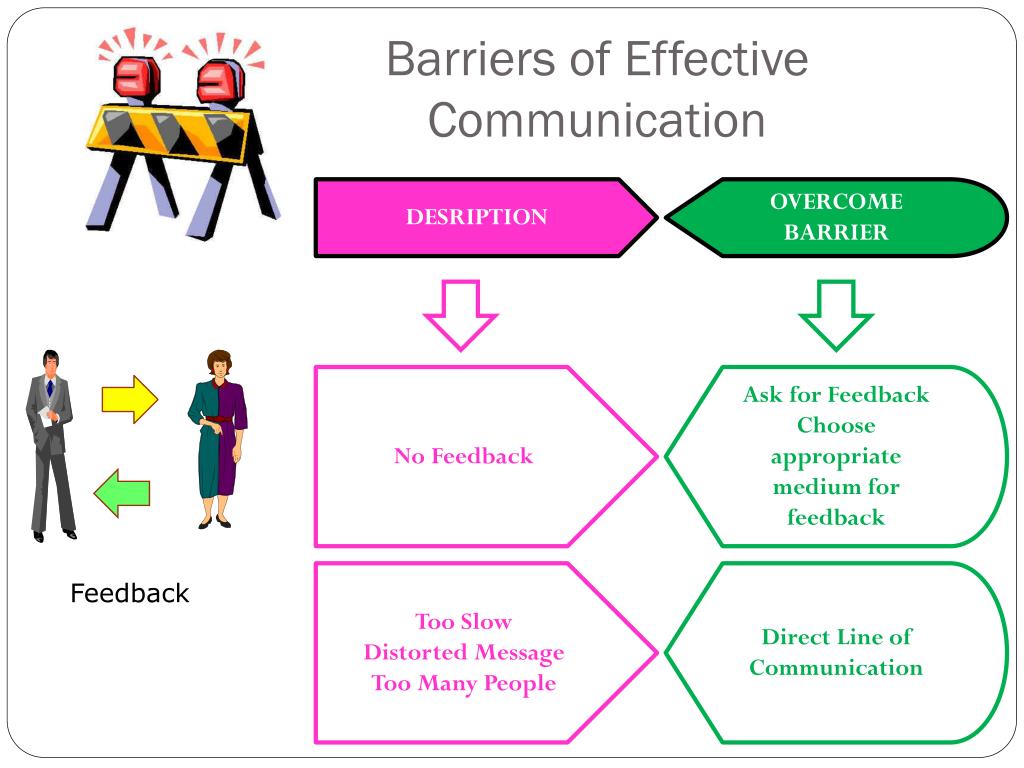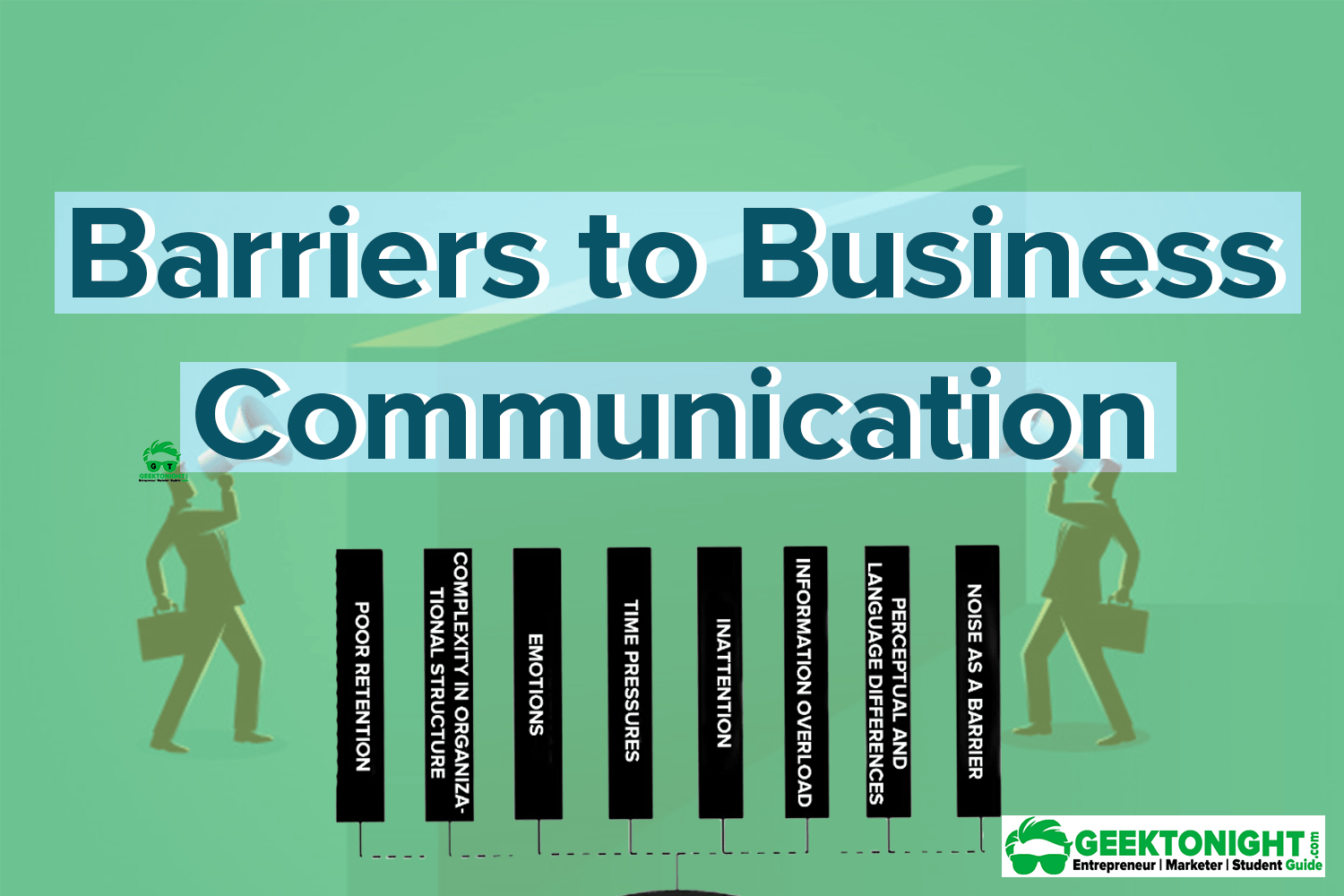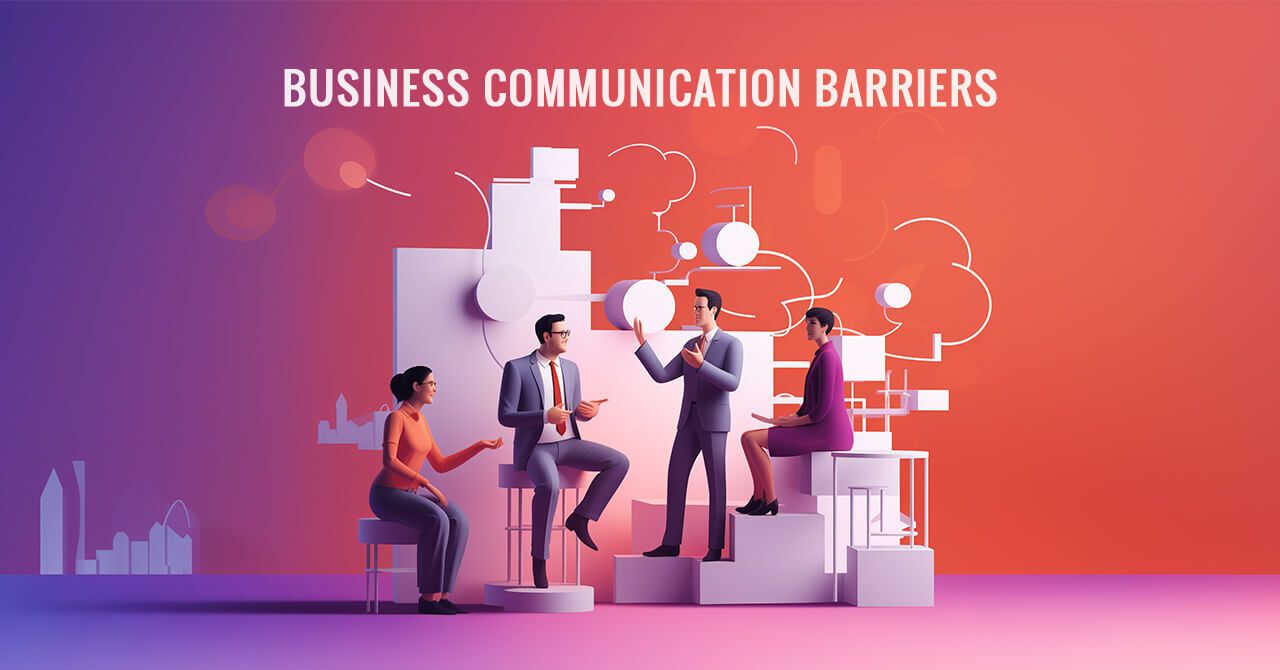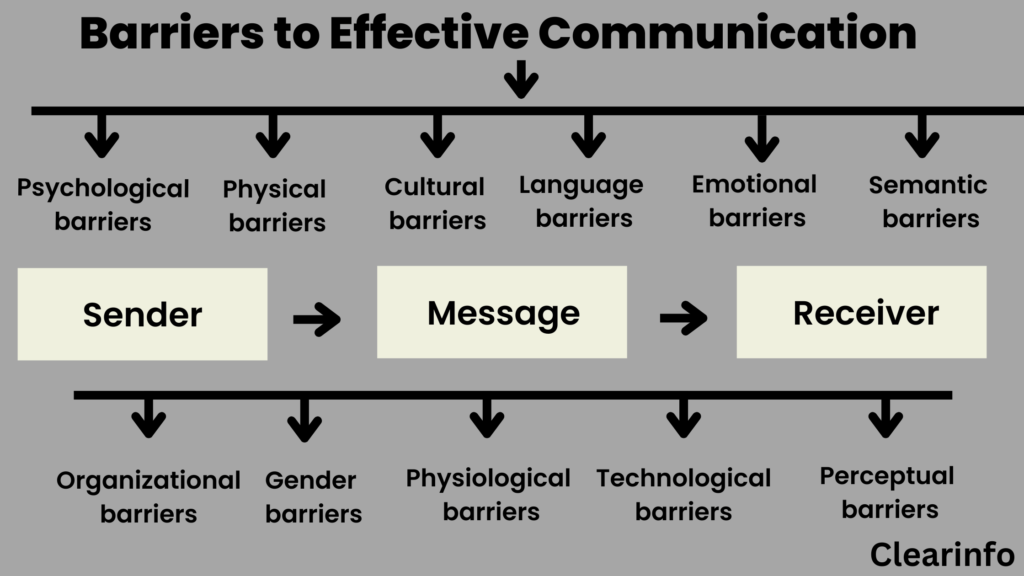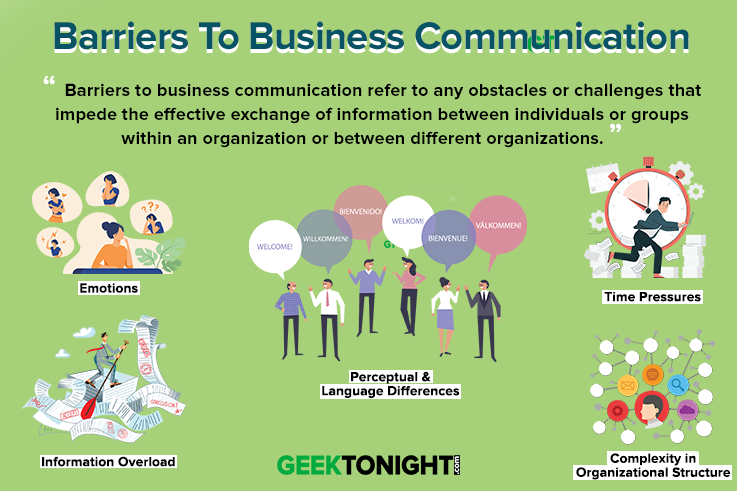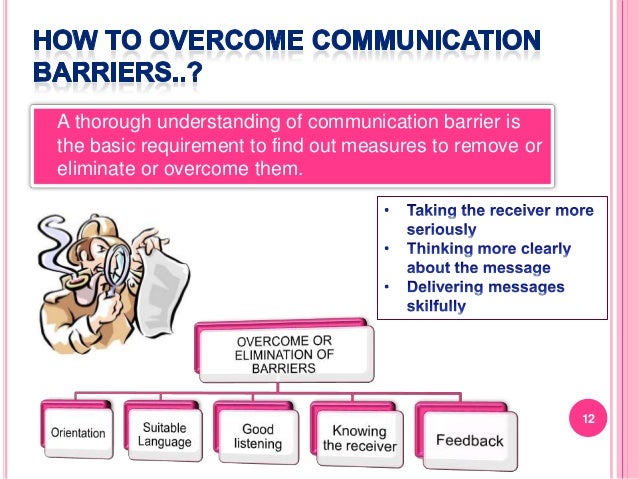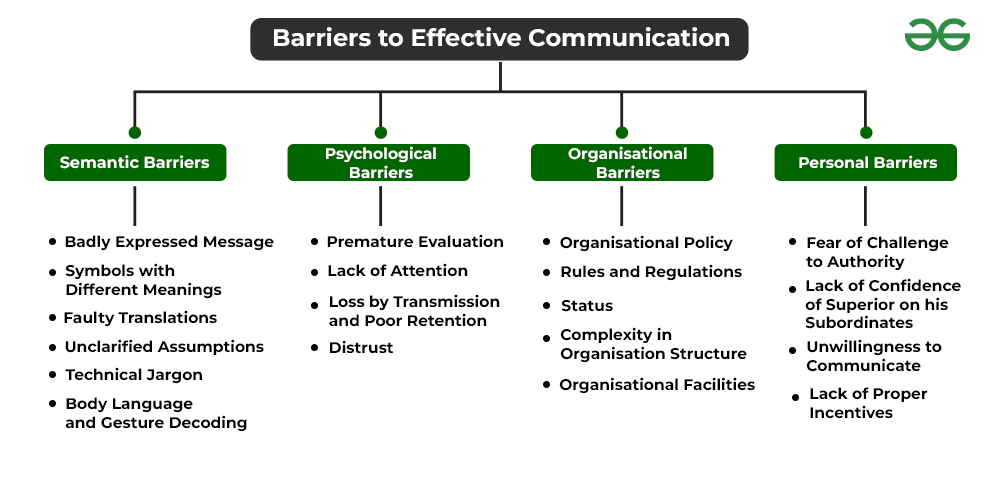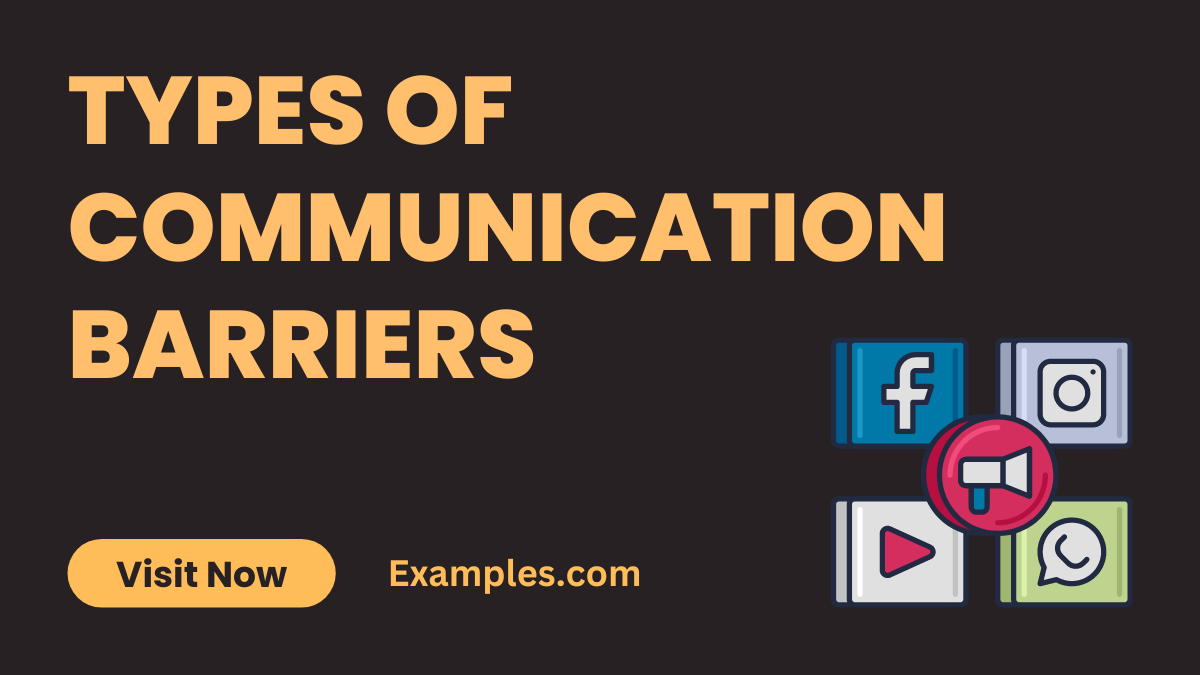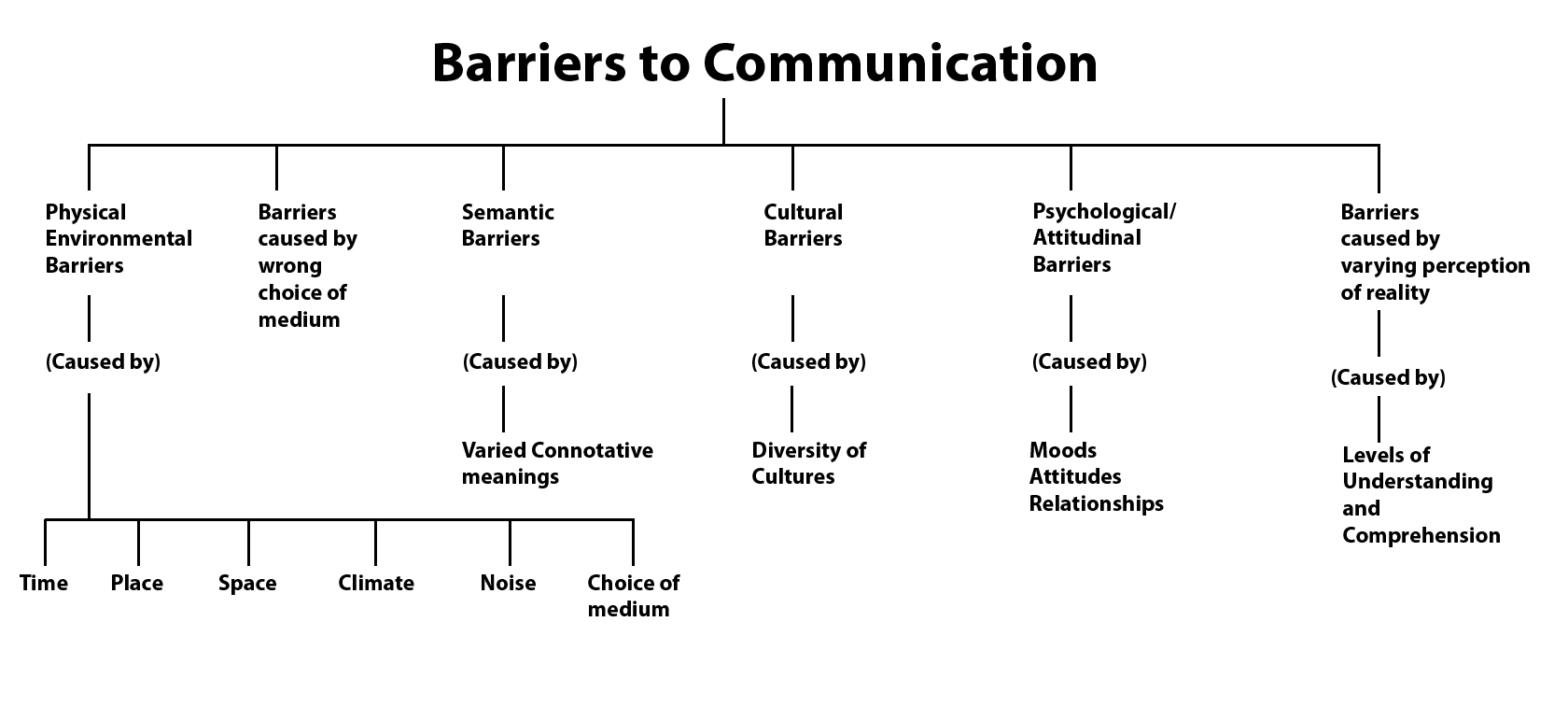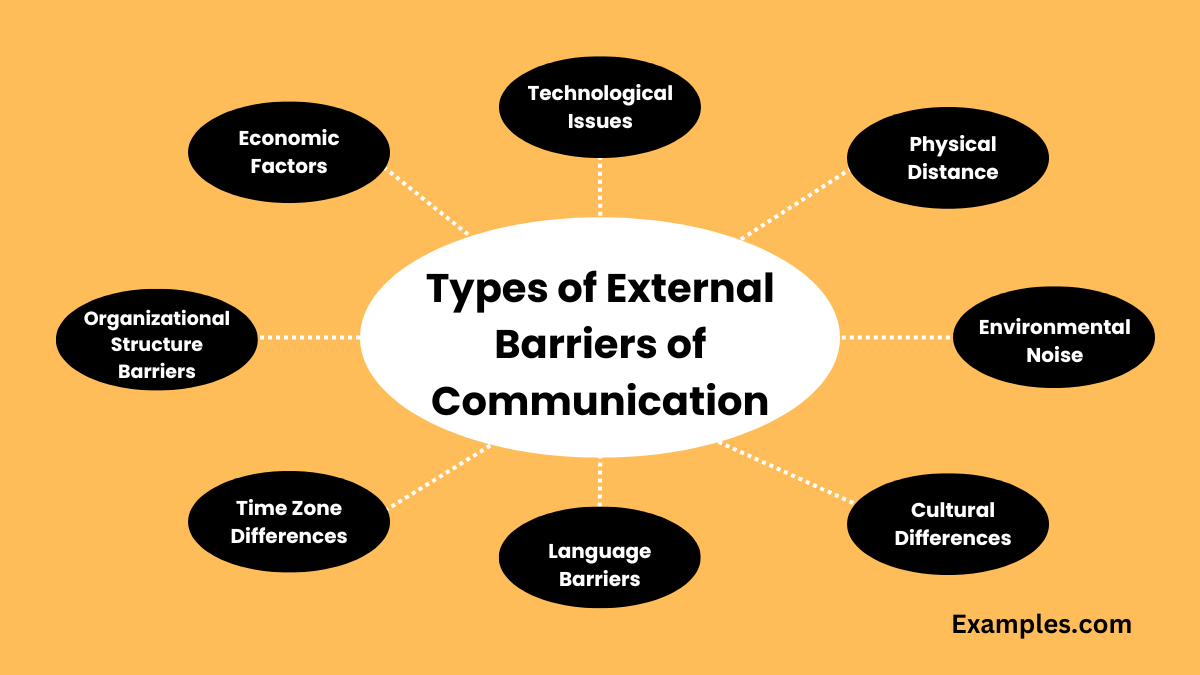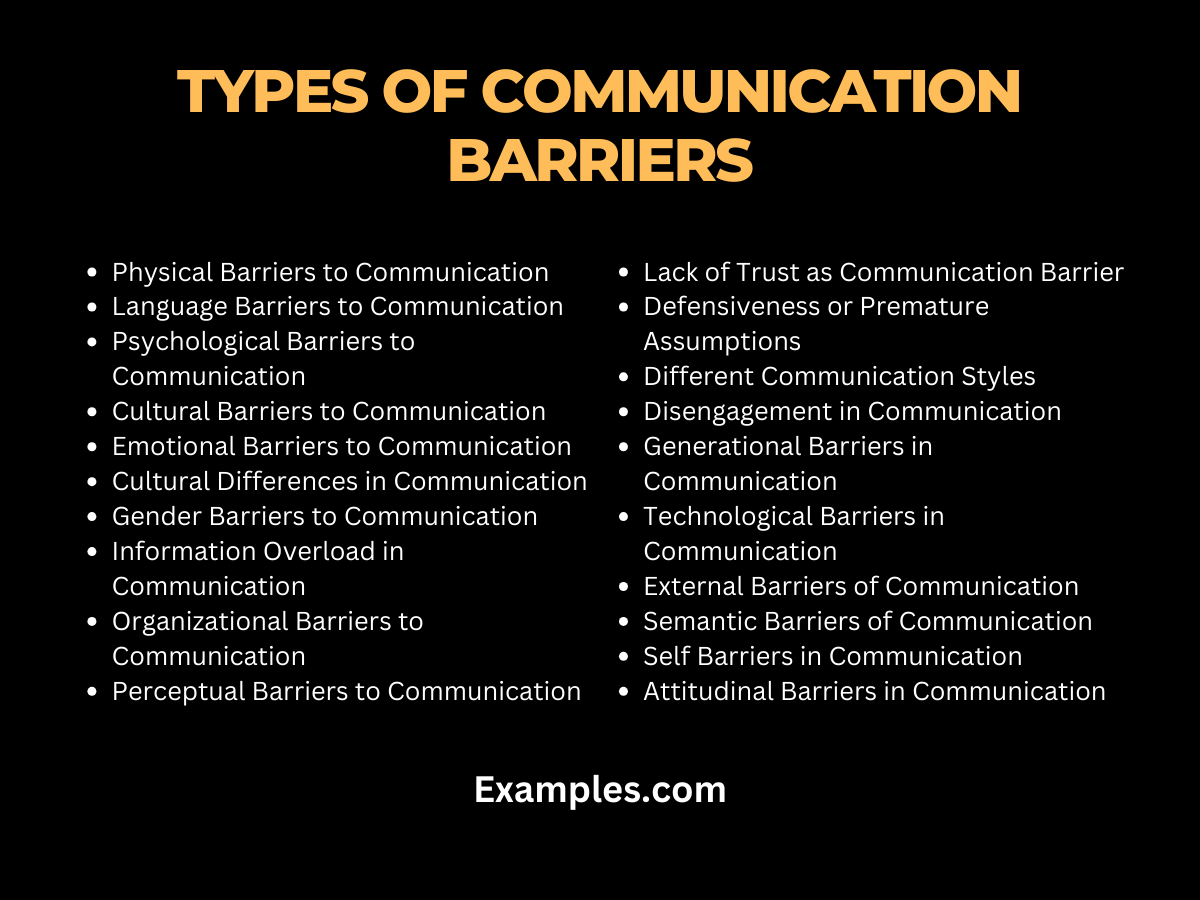Barriers Of Business Communication
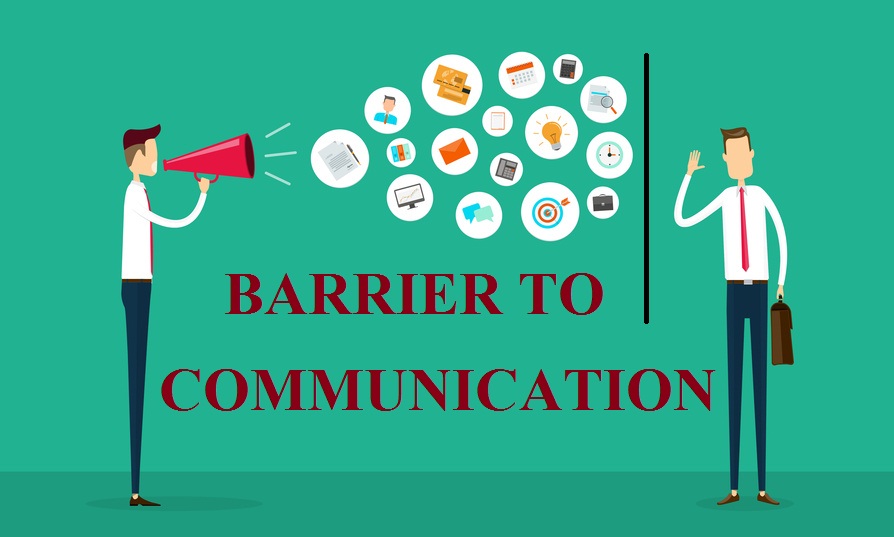
Effective business communication is the lifeblood of any successful organization, fostering collaboration, driving innovation, and ensuring smooth operations. However, the path to clear and concise communication is often fraught with obstacles, hindering productivity and potentially damaging relationships.
These barriers, ranging from linguistic differences to technological glitches, can significantly impact a company's bottom line and its ability to thrive in an increasingly competitive global market. Understanding and addressing these challenges is crucial for organizations seeking to optimize their communication strategies.
Linguistic and Cultural Hurdles
One of the most pervasive barriers to business communication is linguistic diversity. When employees come from different linguistic backgrounds, misunderstandings can easily arise due to differences in vocabulary, grammar, and idiomatic expressions.
Cultural differences further complicate matters. Communication styles vary significantly across cultures; what might be considered assertive and direct in one culture could be perceived as rude and disrespectful in another.
Ambiguity in language also creates barriers, where messages with unclear wording lead to multiple interpretations and miscommunication. Organizations must foster a culture of clarity and encourage employees to seek clarification when needed.
Technological Troubles
While technology has revolutionized business communication, it can also present significant barriers. Over-reliance on email, for instance, can lead to information overload and a lack of personal connection.
Technical glitches, such as poor internet connectivity or software malfunctions, can disrupt communication and delay critical information exchange. Furthermore, the digital divide—the gap between those who have access to technology and those who don't—can exacerbate communication inequalities.
According to a recent study by the Pew Research Center, approximately 7% of Americans do not use the internet, highlighting a persistent technological barrier to communication in various sectors.
Psychological and Emotional Factors
Psychological barriers, such as biases, prejudices, and stereotypes, can significantly impede effective communication. These preconceived notions can distort perceptions and lead to misunderstandings and conflict.
Emotional factors, such as stress, anxiety, and anger, can also cloud judgment and hinder clear communication. Individuals experiencing strong emotions may struggle to articulate their thoughts effectively or to listen attentively to others.
A lack of trust between communicators also erects an enormous barrier. Without trust, messages are often met with skepticism, and collaboration becomes difficult.
Organizational Structure and Hierarchy
Organizational structure, particularly rigid hierarchies, can impede the free flow of communication. Information may be filtered or distorted as it moves up and down the chain of command, leading to delays and inaccuracies.
Lack of transparency and open communication policies within organizations can also create barriers. Employees may be hesitant to share information or express concerns if they fear reprisal or believe their voices will not be heard.
In many large corporations, messages can get lost in bureaucratic processes, creating confusion and inefficiency. Clear communication protocols must be implemented.
Overcoming the Obstacles
Addressing these barriers requires a multi-faceted approach. Organizations must invest in training programs that promote cross-cultural awareness and communication skills.
Implementing clear and transparent communication policies can help to foster trust and encourage open dialogue. Investing in reliable and user-friendly technology is also essential for facilitating effective communication.
Furthermore, leadership should actively promote a culture of empathy and respect, where employees feel comfortable expressing their thoughts and concerns without fear of judgment.
Active listening, a communication technique that involves paying close attention to both the verbal and nonverbal cues of the speaker, is a key skill that organizations should try to improve among employees.
The Importance of Clear Communication
Ultimately, overcoming barriers to business communication is essential for fostering a productive, collaborative, and inclusive work environment. Clear communication leads to improved decision-making, increased innovation, and stronger employee engagement.
By proactively addressing these challenges, organizations can unlock their full potential and achieve greater success in today's dynamic global marketplace.
Failing to address these problems can lead to decreased productivity, damaged client relationships, and even legal complications. Proactive measures ensure long-term success for organizations of any size.
